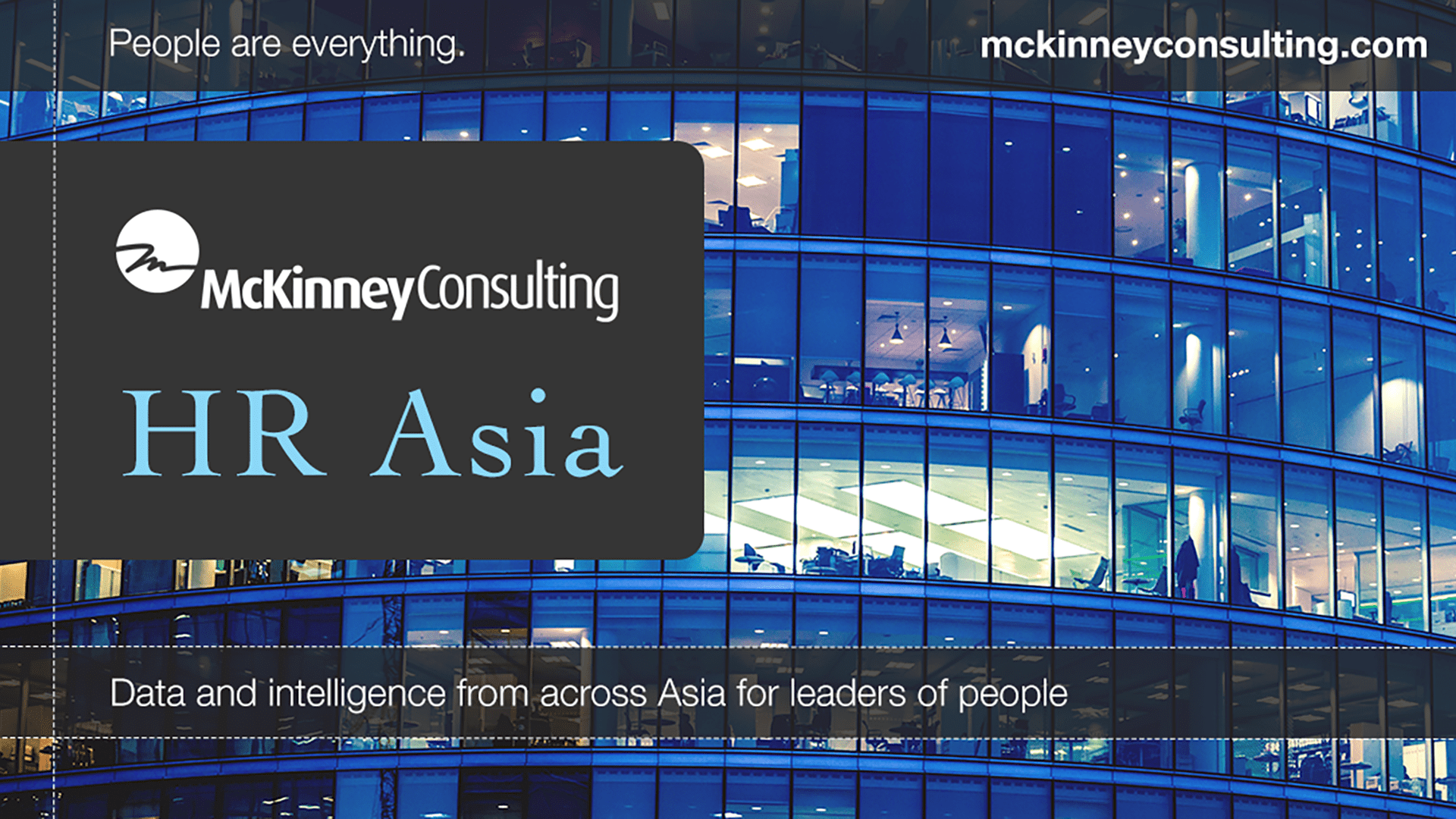
Inflation is the word of the day.
Inflation has been the word of the day for at least a year. If it had to share the title with any other phrase, that phrase would undoubtedly be interest rates.
Inflation matters to companies. P&L leaders worry about input costs and the ability to price products and services.
HR leaders should care about inflation just as much. Inflation impacts human resources in many ways:
The Bank of Korea released its latest judgment on the macroeconomic environment and the need for monetary tightening or loosening, saying:
The Monetary Policy Board of the Bank of Korea decided today to leave the Base Rate unchanged at 3.50% for the intermeeting period. Although inflation has slowed, it is forecast to pick up again to around the 3% level since August and to remain above the target level for a considerable time. In addition, uncertainties regarding economic conditions and monetary policy in major countries have risen. It is also necessary to closely monitor household debt trends. The Board, therefore, sees that it is appropriate to maintain its current restrictive policy stance. Regarding the need to raise the Base Rate further, the Board will make a judgment while assessing the changes in domestic and external policy conditions.
The currently available information suggests that global economic growth is projected to continue slowing due to the effects of elevated interest rates and a weakening recovery in the Chinese economy. Global inflation still remains high, though falling gradually, and the pace of the inflation slowdown has differentiated across countries. In global financial markets, government bond yields have risen and the U.S. dollar has strengthened due to prospects for a prolongation of the restrictive policy stance in major countries. Looking ahead, the Board sees global economic growth and global financial markets as likely to be affected by the movements of international commodity prices and the global inflation slowdown, monetary policy changes in major countries and their effects, and developments in the Chinese economy.”
Meanwhile, stock markets and exchange rates across the globe are conflicted (as usual) in trying to read the inflation tea leaves. Will the US Federal Reserve raise US interest rates again, or won’t they? Will the European Central Bank stay hawkish, or won’t it?
Speaking at the Jackson Hole Conference in Wyoming on the 26th, Bank of Japan Governor Kazuo Ueda, stated, “We believe underlying inflation is still slightly below target.” So, Japan faces a very different economic reality than much of the world has faced over the last year.
If inflation is a monetary phenomenon, why haven’t all the interest rises completely tamped it down? Why is it seemingly so persistent this time?
It appears the answer is to be found in non-monetary influences—influences interest rates and the world’s central banks have less control over, such as the following:
So, inflation is a tough nut to crack right now. Rather than waiting for it to be solved, we’re all probably going to have to learn to live with it. That is no less important for HR leaders than for P&L or finance leaders. Perhaps even more important.
Subscribe to this newsletter here
Article originally published in Steve's LinkedIn Newsletter HR Asia August 28, 2023